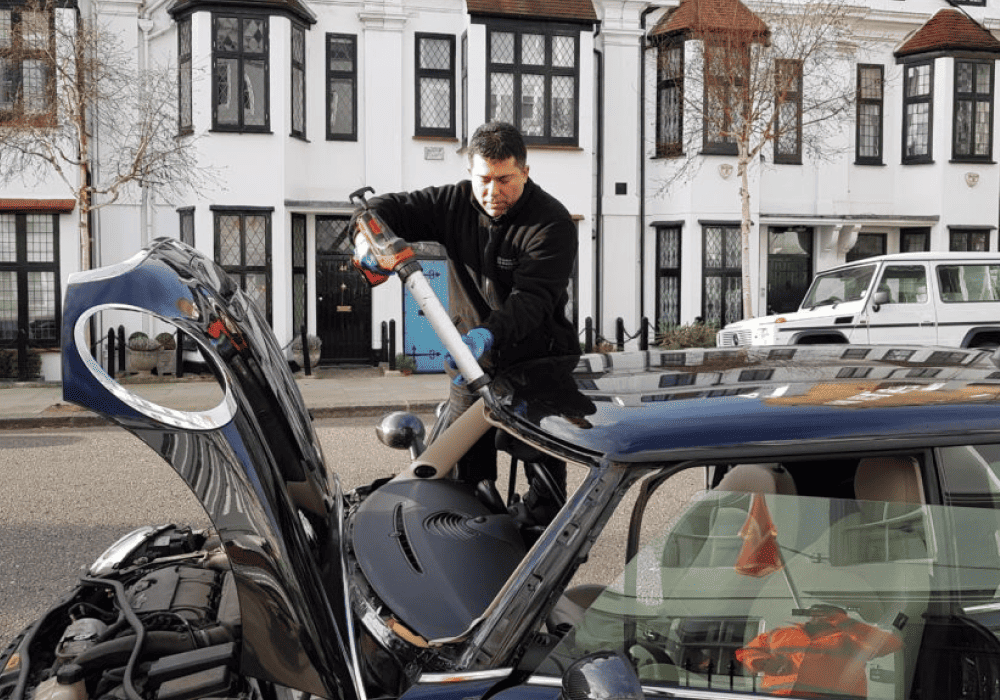Windscreen: The front glass of a vehicle, often referred to as the windshield, designed to protect passengers from wind and debris while driving.
Rear Windscreen: The back glass of a vehicle, also known as the rear windshield, providing visibility to the rear and safeguarding the interior.
Rear Door Glass: The window glass in the vehicle’s rear doors, allowing passengers to see outside and adjust airflow within the vehicle.
Front Door Glass: The window glass in the vehicle’s front doors, which can be raised or lowered for ventilation and visibility.
Sunroof: A roof opening with a glass panel that can be opened or tilted to allow sunlight and fresh air into the vehicle’s interior.
Moonroof: Similar to a sunroof, a moonroof is a vehicle roof feature with a transparent panel that can be opened or closed to enjoy natural light and ventilation.
Front Quarter Glass: Small, triangular-shaped side windows located in the front of the vehicle, enhancing visibility and aesthetics.
Rear Quarter Glass: Similar to front quarter glass, these are the small, triangular side windows positioned at the rear of the vehicle.
Choosing the Right Auto Glass Repair Service: Key Considerations
Selecting a reliable auto glass repair service is crucial for ensuring your car’s safety and longevity. When choosing a service, prioritise those that use high-quality, manufacturer-approved glass to guarantee durability. Check if the technicians are certified and experienced in handling your vehicle’s specific make and model. Mobile services can be a significant convenience, especially for emergency repairs. Additionally, verify whether the service works with your insurance provider, which can simplify the claims process and potentially reduce costs.
The Impact of Weather Conditions on Car Windows
Weather conditions can have a substantial impact on your car windows, influencing their integrity over time. Extreme heat can cause the glass to expand, leading to stress fractures, while freezing temperatures might result in chips expanding into full cracks. Hail can cause immediate and severe damage. To protect your windows, park in shaded areas during summer and consider using protective covers in winter. Regular inspections can help identify and address minor damage before it worsens due to weather-related stress.
Step-by-Step Guide: How to Handle a Broken Car Window
If your car window is broken, it’s essential to act quickly to secure your vehicle and prevent further damage. First, carefully remove any loose glass fragments to avoid injury. Next, cover the broken window with a temporary solution like plastic sheeting or a tarp to protect the interior from weather elements. Contact a reliable auto glass repair service as soon as possible to schedule a repair or replacement. If the damage is severe or involves the windshield, avoid driving until the repair is completed to ensure your safety.



